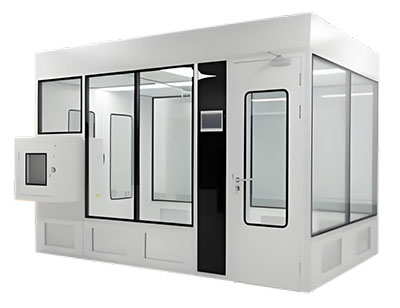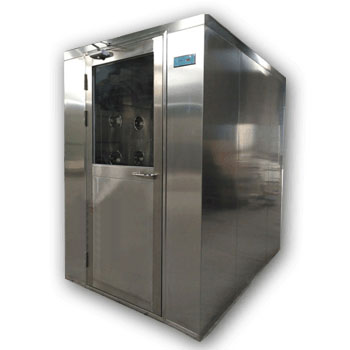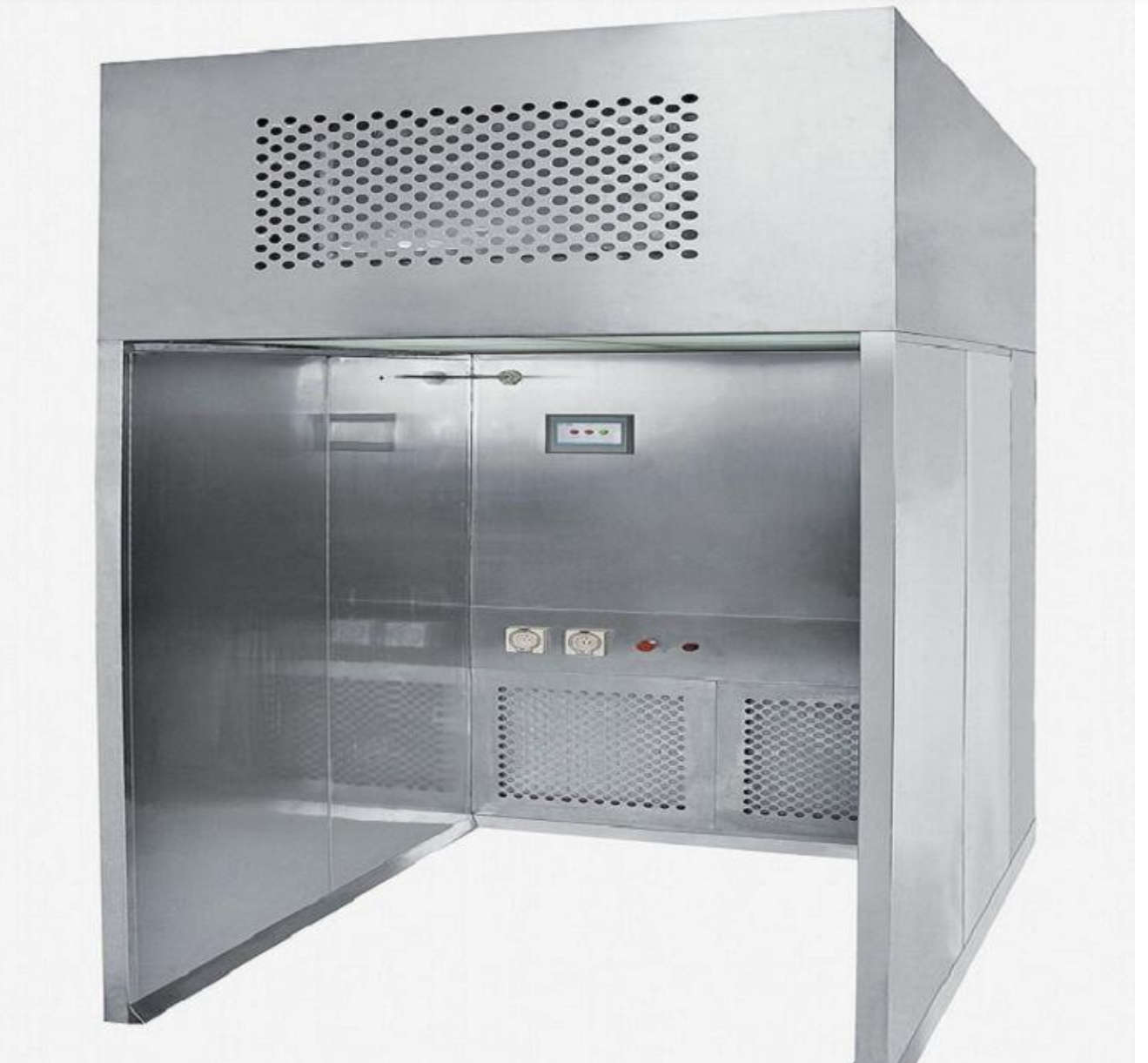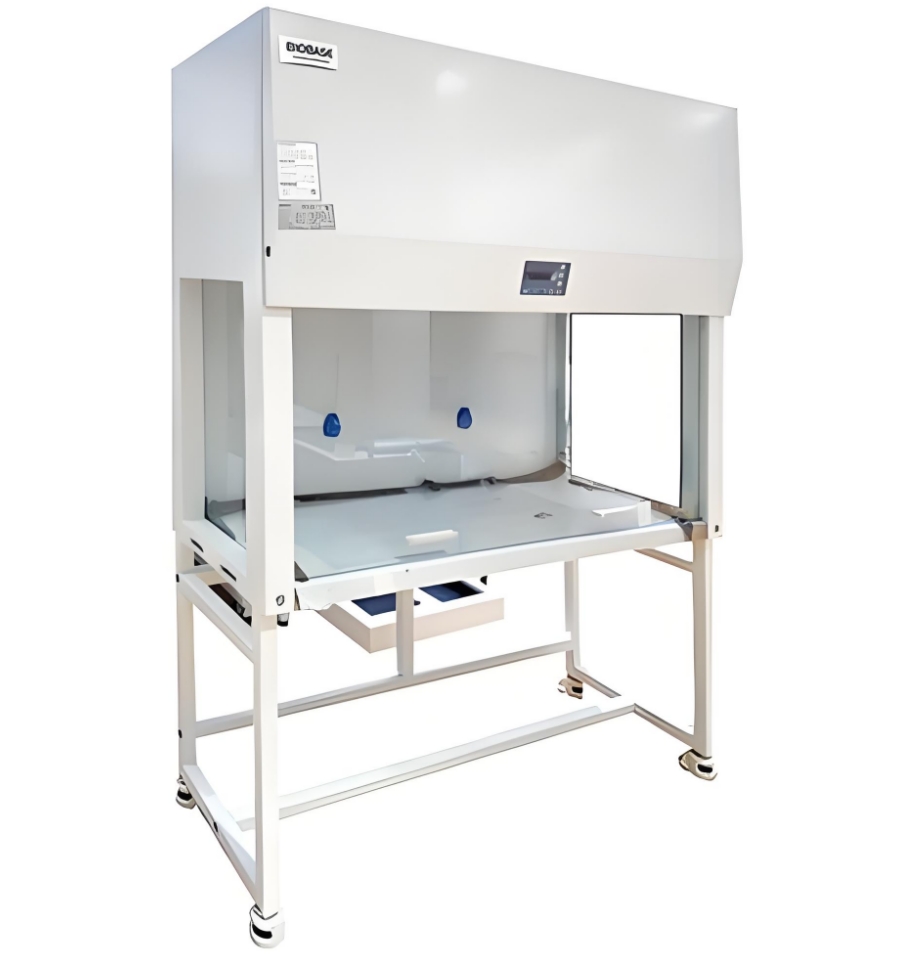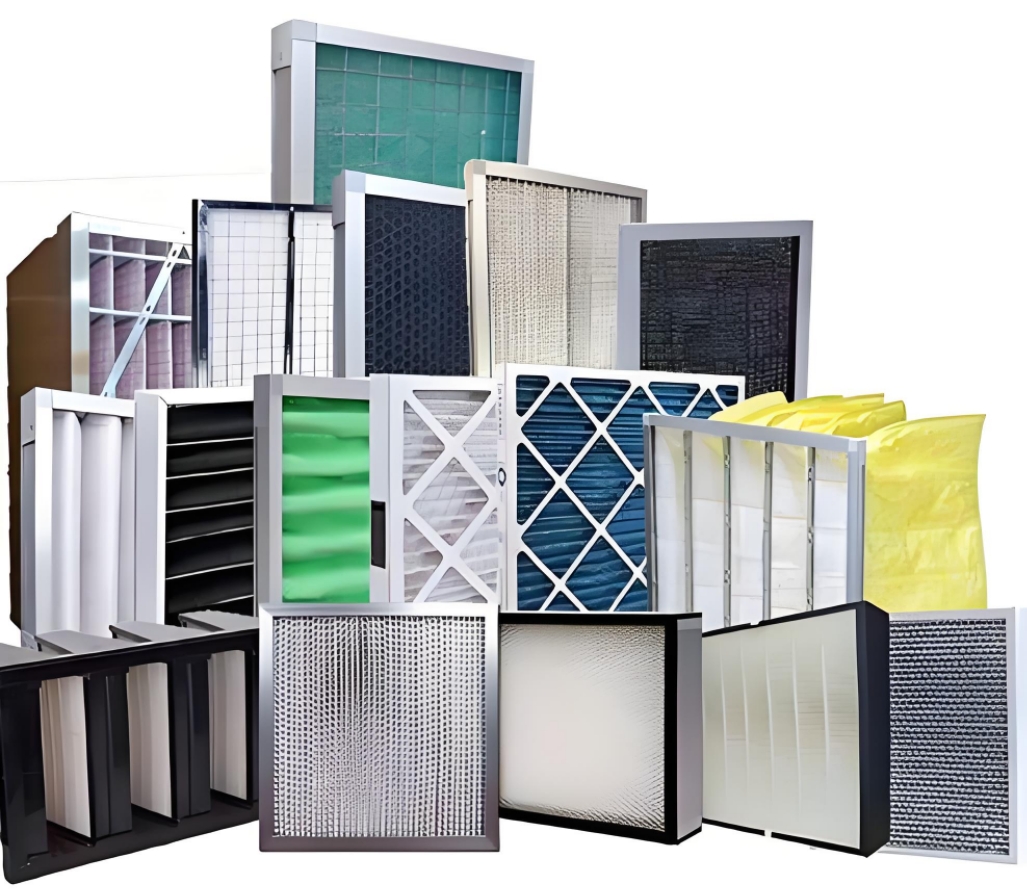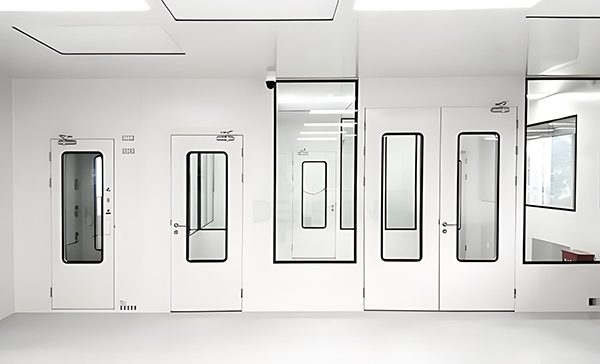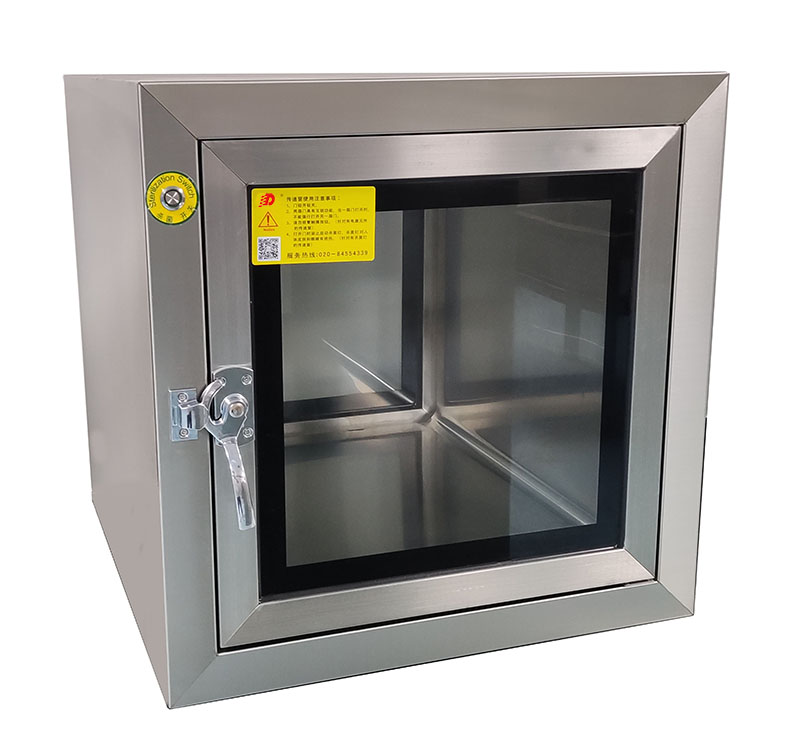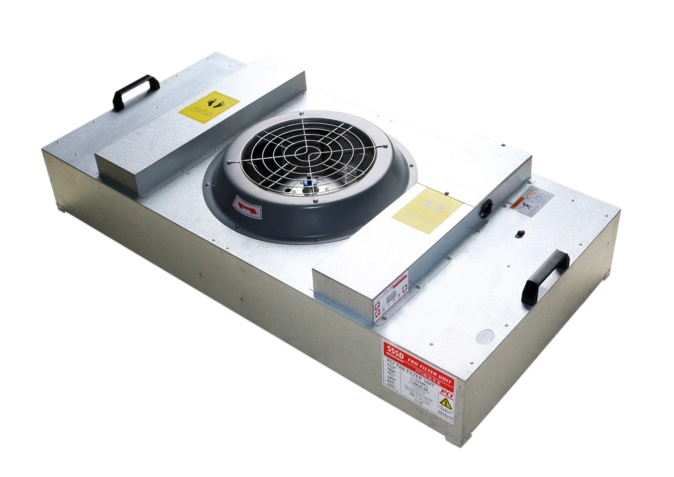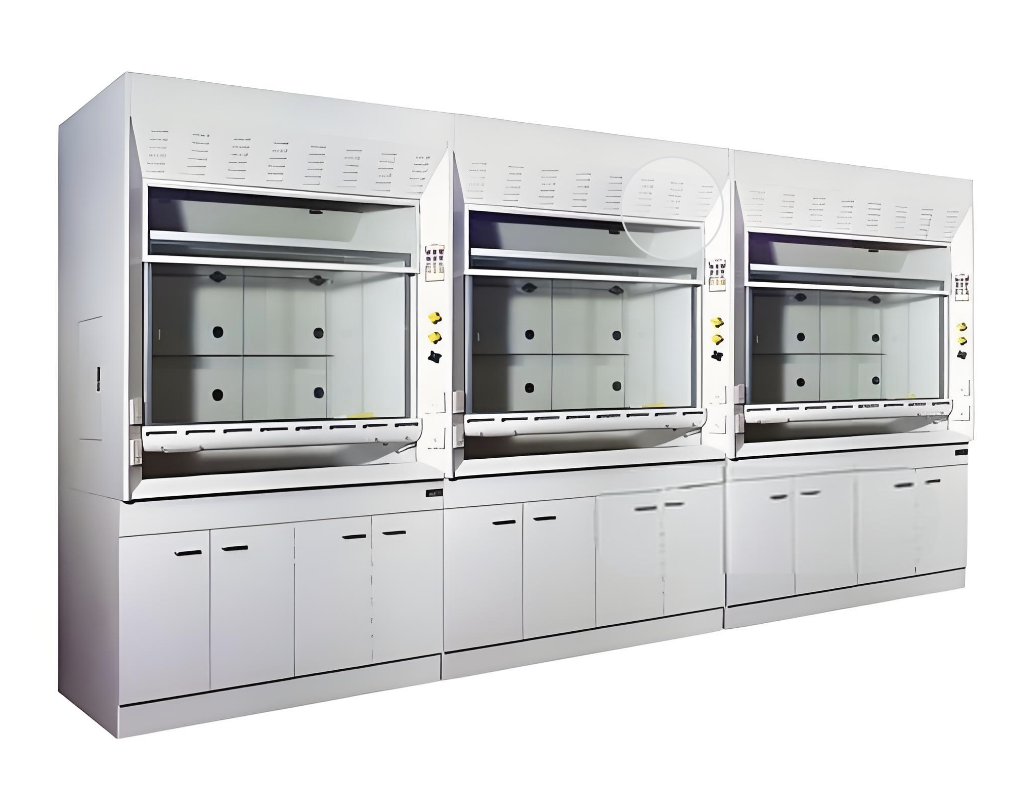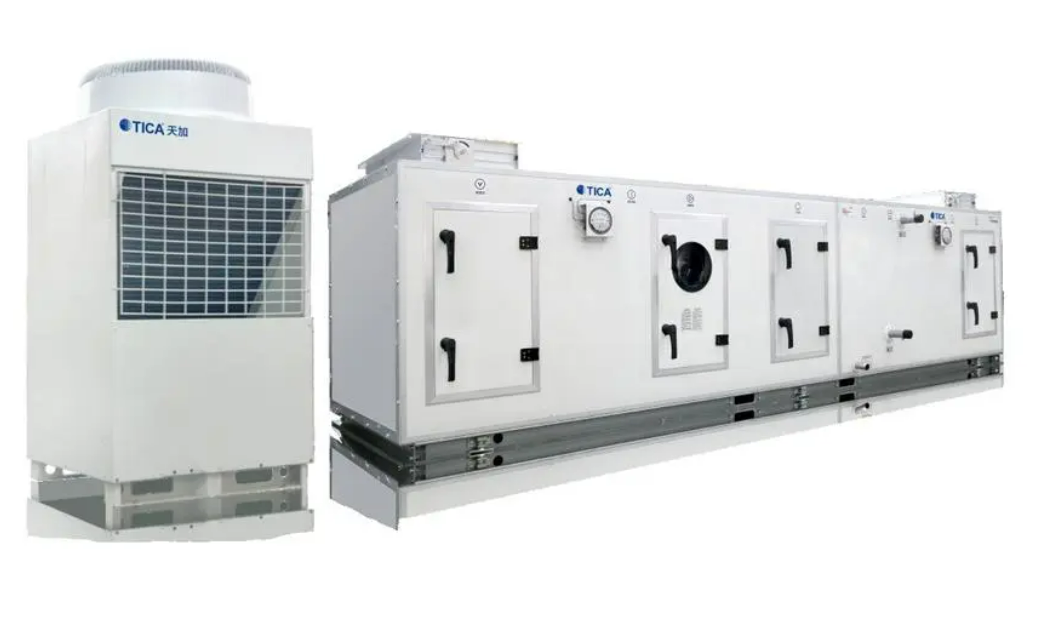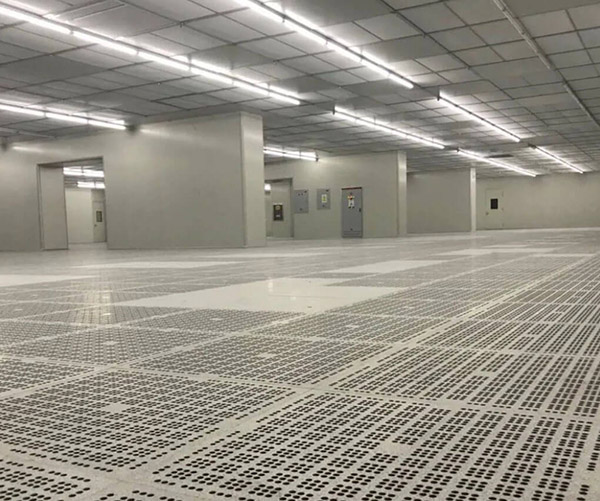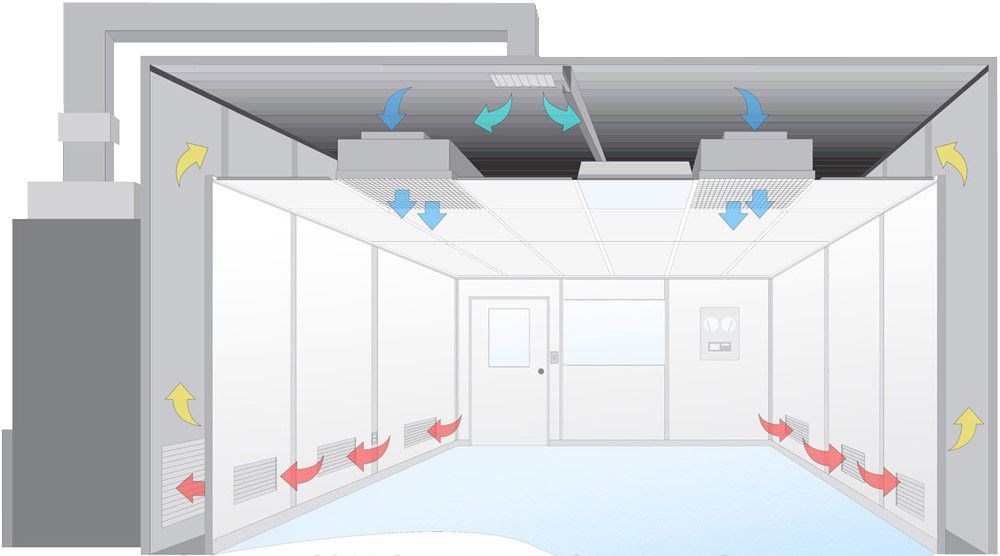Cleanroom technology of the Future
Shaping a Safer, Purer World
The safety of modular clean rooms is the key to ensuring the quality of laboratory environment and the health of staff. Effective clean room safety management includes the safety of building structures, biosafety, circuit system safety and fire protection system safety.
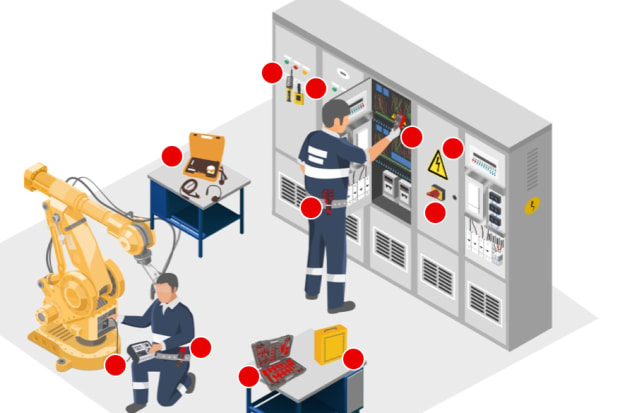
Clean Room Building Structure Safety
- Structural material selection
Building Materials should comply with international standards (ISO 14644). Stainless steel and fire-retardant coatings improve corrosion resistance and prevent contamination. - Isolation and ventilation design
Requires air change rate of ≥20 times/hour to control particulate concentration and reduce cross-contamination risks. - Sealing test
Regular air tightness tests maintain environmental stability and prevent air leakage.
Biosafety
Microbial control
Regular monitoring ensures <100 bacteria/m³ air (WHO standards).
Biosafety cabinets
Must comply with BS EN 12469 for biological sample handling.
PPE Requirements
Proper PPE reduces infection risk by >90% during sample handling.
| Safety Area | Key Standard | Critical Requirement |
|---|---|---|
| Circuit System | IEC 60601 | Annual electrical safety assessments |
| Fire Protection | NFPA 101 | 1 extinguisher/100m² + evacuation drills |
| Static Control | ANSI/ESD S20.20 | Grounding for all equipment (prevents 30% ESD damage) |
Fire Protection System Safety
- Fire alarm systems must comply with NFPA standards for rapid emergency response
- Extinguisher placement requires minimum 1 unit per 100m² based on risk assessment
- Evacuation plans must be regularly drilled with all staff familiar with routes
Integrated Safety Approach
Ensuring clean room safety requires comprehensive management of building structure, biosafety, electrical systems, and fire protection. Through adherence to international standards, regular inspections, and effective protocols, clean rooms can operate safely and efficiently, providing reliable environments for scientific research and production.
 +86 18186671616
+86 18186671616 Jason@cleanroomequips.com
Jason@cleanroomequips.com
 MENU
MENU

